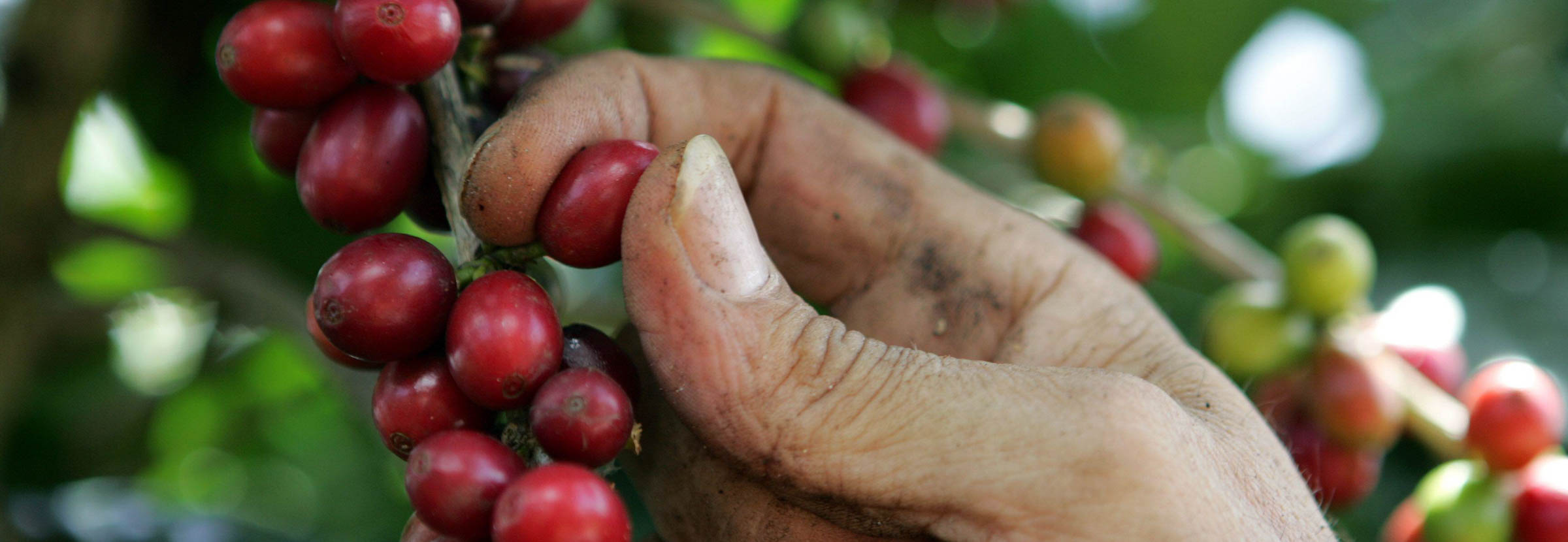A Puerto Rican coffee has broken the 90-point barrier – but is there a future for its specialty coffee sector?
The Caribbean island of Puerto Rico has been growing coffee since the 1730s. By the late 19th century, it was even the world’s seventh-largest producer of coffee.
However, following years of colonial rule and several devastating hurricanes, the island’s coffee production declined significantly. But in recent years, there has been something of a resurgence – especially with growing higher-quality coffee.
In August 2023, a Puerto Rican coffee received 92 points on Coffee Review – the highest score ever for a Puerto Rican coffee on the website. This marks a momentous milestone for the island’s coffee sector, as well as an indication that quality is only improving.
So could Puerto Rico ever become a more prominent producer of specialty coffee? To find out, I spoke to Domenico Celli Borrero, founder of Forgotten Forest, and Eduardo Trabada, co-founder of Baraka Coffee. Read on for more of their insight.
You may also like our article on the rise of Caribbean coffee roasters.
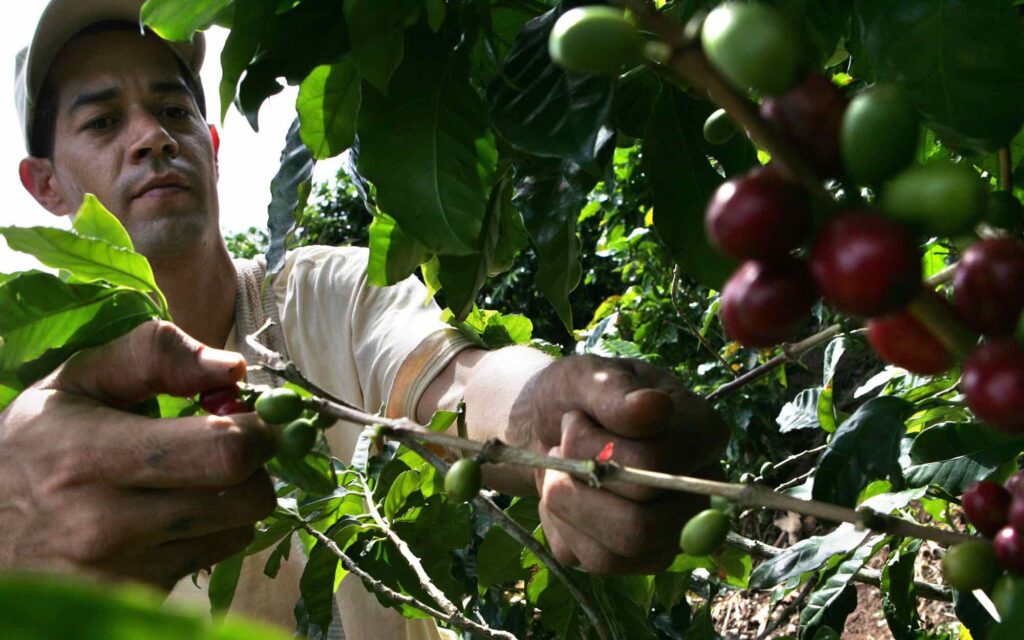
Understanding the historical complexities of Puerto Rico’s coffee sector
Similar to many other producing countries, coffee was first introduced to Puerto Rico while it was under colonial rule. In 1736, Spanish colonial powers brought coffee to the island to grow as a minor cash crop. During this time, most coffee grown in Puerto Rico was consumed locally.
But by the late 19th century, production in Puerto Rico had boomed. At its peak, the island produced more than 30 million pounds of green coffee per year (or 13.6 million kg).
In 1898, however, the US annexed the island from Spanish colonial rule, and coffee production came to a halt. Instead, farmers were incentivised to grow other cash crops like sugarcane and pineapple.
Domenico is the founder of Forgotten Forest, a unique coffee farm in La Cordillera Central mountain range in Puerto Rico. He explains how the US government influenced the island’s coffee sector.
“From the 1950s onwards, there was a concerted effort to rapidly shift the social and economic structure of Puerto Rico, and to create a more modernised economy,” he explains. “This was often carried out in neglect of – and oftentimes in direct opposition to – sustainable local agriculture.”
Since then, the island’s coffee sector has never fully recovered. Despite concerted efforts from local farmers to boost production in the 1980s, spells of economic turmoil and natural disasters (including Hurricane Georges) have had devastating consequences.
A coffee sector still in recovery
According to Domenico, since the 1990s, over 10,000 Puerto Rican farmers have abandoned coffee production in search of more profitable cash crops.
In the 2010s, the island’s production hit an all-time low, and very little was exported. Sadly, in 2017, Hurricanes Irma and Maria struck Puerto Rico – and it’s believed up to 90% of coffee plants were destroyed.
In another devastating turn of events, Hurricane Isaias also hit the island in 2020, which seriously impacted its coffee sector again. Today, there are around 4,000 coffee farmers in Puerto Rico who collectively produce some three million pounds of green coffee every year (1.4 million kg).
“On paper, you would say that Puerto Rican agriculture, and coffee production in particular, is on the verge of extinction,” Domenico says.
Moreover, the lingering effects of colonisation and strict control of the market means that coffee prices remain low, which further disincentivises farmers not to invest in growing high-quality coffee.
“Most pickers think we’re crazy when we ask them to only harvest ripe coffee,” he adds. “Most of them say it’s impossible to do.”
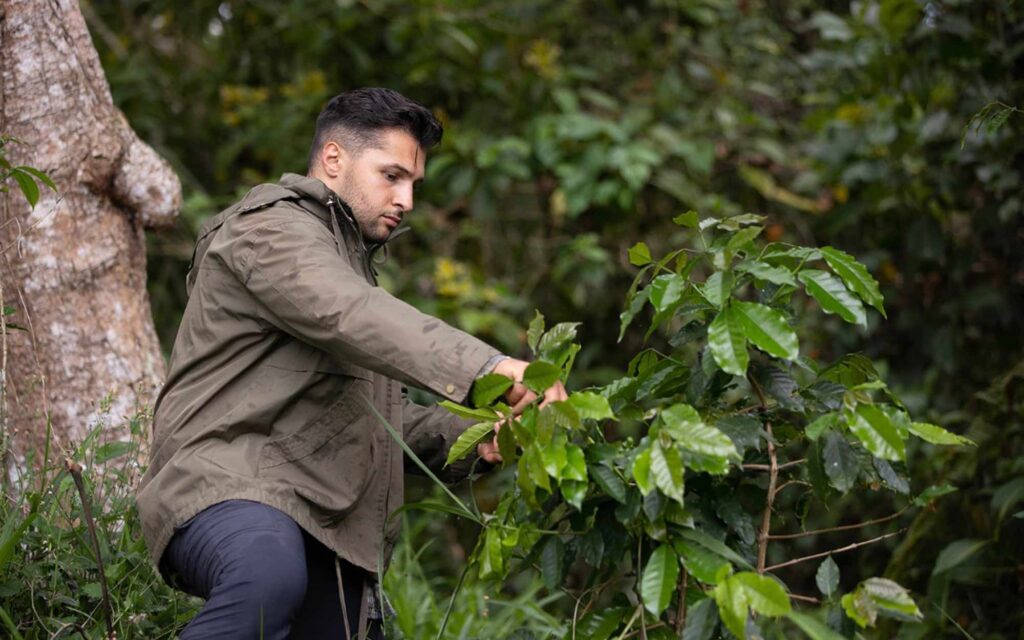
The Puerto Rican coffee industry today
Although robusta production in Puerto Rico increased slightly in the 1970s, most coffee grown on the island is arabica. Some farmers also grow small volumes of excelsa and liberica.
La Cordillera Central is the island’s main growing region due to its optimal climatic conditions. Furthermore, the mountain range’s different microclimates produce various flavour profiles which are unique to different terroirs.
Most producers use washed processing methods as Puerto Rico’s tropical climate can make it difficult to carry out natural and honey processing successfully.
But as well as being a producing region, the island also consumes a lot of coffee.
“We drink around 30 million pounds of coffee every year,” Domenico tells me. “But Puerto Rico imports anywhere from 23 to 28 million pounds of coffee from Mexico and the Dominican Republic.”
This is understandable given that production volumes have dropped so significantly over the last few decades. However, there are strict regulations when it comes to importing coffee into Puerto Rico.
As part of a rather contentious relationship due to a complex history between the US and Puerto Rico, the US Department of Agriculture (USDA) and the Puerto Rico Department of Agriculture (PRDA) are the only entities that can legally import green coffee onto the island.
In turn, many larger roasters, including the Coca-Cola-owned Puerto Rico Coffee Roasters, buy most of this coffee. This monopolises the market, which makes it harder for smaller roasters to become more established.
Moreover, some larger roasters tend to blend Puerto Rican coffee with lower-quality imported beans.
‘“Most consumers in Puerto Rico have no idea that they have probably never tried 100% Puerto Rican coffee,” Domenico explains. “It’s a source of pride for people, but many have no idea that the island doesn’t produce as much coffee anymore.”
Increasing imports, decreasing exports
Eduardo is a co-founder of Baraka Coffee, a pioneering specialty coffee roaster in Puerto Rico.
He tells me that today, as little as 8% to 10% of total Puerto Rican-grown coffee is exported. In comparison, he says smaller roasters like Baraka export up to 40% of their roasted coffee to other markets.
Moreover, some larger roasters also buy semitostado (or semi-roasted) coffees from the PRDA, which they then blend with locally-grown coffee. While the government states this practice is to prevent pests and diseases (such as the coffee berry borer) from entering the island, others believe it helps to reduce costs and offset falling production volumes.
When it comes to Puerto Rican specialty coffee, the vast majority is exported before local roasters have the opportunity to source beans. Additionally, prices for specialty green coffee are upwards of US $25 per lb, which leads many coffee shops and roasters on the island to buy coffee from elsewhere.

Reinvigorating local coffee culture
In response to what they feel is an often neglected sector, many of the island’s younger producers are turning to specialty coffee production.
Eduardo explains that when Baraka Coffee started in 2014, he knew of only a few producers who were using natural processing techniques. Today, he knows more than a dozen farmers who are trying out more experimental processing methods, or even growing different varieties.
Similarly, younger generations of Puerto Ricans are also becoming more interested in roasting and coffee education. Eduardo says while many panaderias (traditional bakeries) still sell dark roasted coffee, an increasing number of local coffee shops are now offering specialty coffee. Additionally, more coffee businesses are investing in higher-quality equipment and barista training opportunities.
“More coffee shops have started to see that the average consumer in Puerto Rico is becoming more interested in high-quality coffee – and that they don’t just want a pretty-looking latte,” Domenico says.

But improving access to education is also becoming more prominent across the supply chain. Domenico explains that before he started partnering with local farmers, many of them had never cupped or tasted specialty coffee – or even their own beans – before.
In some ways, this is helping to democratise the Puerto Rican coffee sector – and show local producers that when there are improvements to the island’s coffee industry, everyone can benefit.
“It’s about what we call ‘making patria’ – building something that promotes the true essence of Puerto Rican culture through our coffee sector,” Eduardo says.
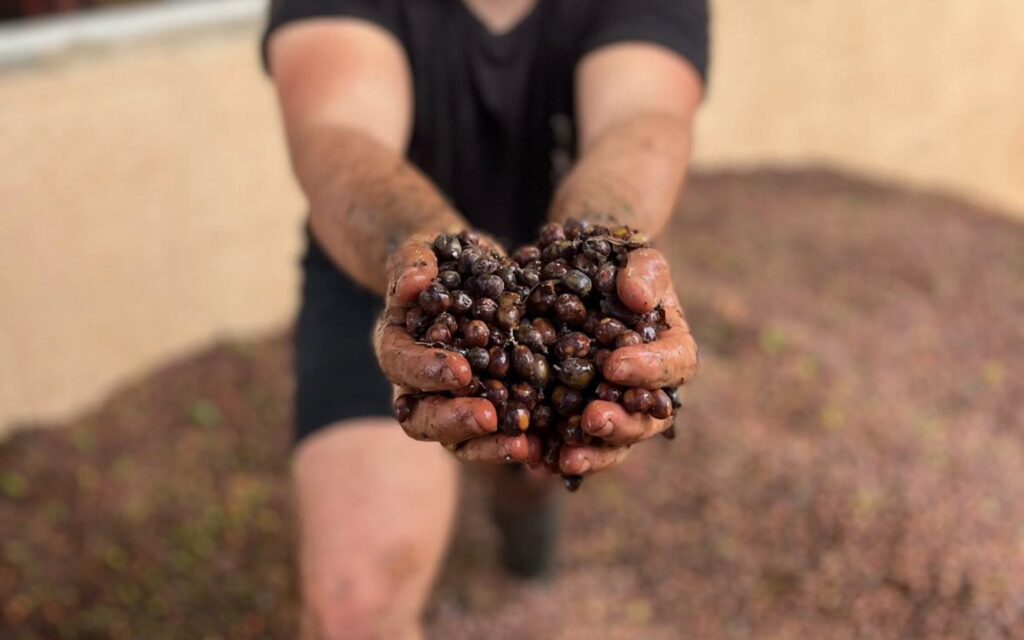
How are smallholder producers helping to boost Puerto Rico’s coffee sector?
To say that the first-ever 92-point score on Coffee Review for a Puerto Rican coffee was a huge achievement is something of an understatement.
Domenico, who produced the anaerobic natural “cordial cherry” processed coffee, says the experience was momentous for Forgotten Forest.
“When you’re neglected for so long, you often give up or forget how great you can be,” he tells me. “Here in Puerto Rico, we have knowledge that dates back several centuries, so there’s no reason why we can’t produce world-class specialty coffee.”
Eduardo agrees, saying: “[The 92-point score] was mind-blowing. Normally, most coffees grown in Puerto Rico score in the low to mid-80s, no matter how you produce them.”
Ultimately, given that post-harvest processing plays a huge role in improving coffee quality, Domenico believes trying out advanced processing methods is one of the ways forward for the Puerto Rican coffee sector.
He explains that Forgotten Forest started as his undergraduate project, which explored how to add value to smaller local coffee farms. But once they discovered the Typica 401 variety growing on an abandoned lot, it was an indication of the potential for high-quality coffee. Typica 401 is believed to be a mutation of the Typica variety, which was first brought to Puerto Rico in the early 1700s. Although it produces low yields, it has a delicate and complex flavour profile.
Forgotten Forest then decided to plant a Typica 401 microlot, which they were able to quickly scale following extensive local and national media coverage. Today, Forgotten Forest has a growing network of approximately 50 farms, which carry out various agroforestry and organic farming practices.
Partner farmers also receive seedlings, organic compost, and technical support, as well as access to financial literacy education, a processing mill, and a platform to sell their coffee to international markets.
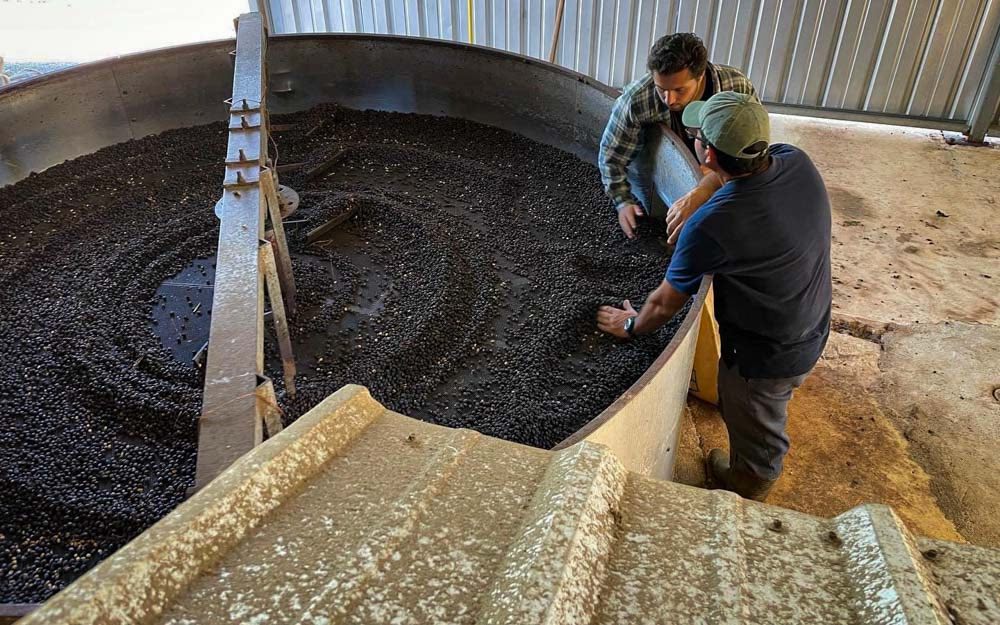
Facing the challenges ahead
Despite a great deal of promise for Puerto Rico’s coffee sector, the island’s specialty coffee producers continue to experience a number of challenges. These include labour shortages and US federal minimum wage standards, which increase the already high costs of production.
Moreover, there is little investment in promoting Puerto Rican specialty coffee on the global market. Although some organisations, such as TechnoServe, have provided support to producers, aid programmes have long been a contentious topic among some producers on the island.
Following Hurricane Maria, for example, several organisations distributed millions of seedlings to coffee farmers – but most were high-yielding and low-quality varieties for larger farms.
“There have been cuts to local aid programmes over the last few decades,” Domenico says, “The availability of subsidies, fertilisers, calcium powder, and other common farming inputs have been in decline.”
Raising awareness
As there is no official Specialty Coffee Association chapter in Puerto Rico, local producers and roasters have started to organise to raise awareness of the island’s specialty coffee sector.
Domenico explains that one solution is “radical traceability”. For instance, Forgotten Forest created a tracking platform where buyers can track its coffees across the entire value chain.
Baraka Coffee also promotes a similar level of transparency which helps to bridge the gap between consumers and producers.
“Producers are doing what they can to keep Puerto Rico’s coffee – and our cultural heritage – alive,” he concludes.
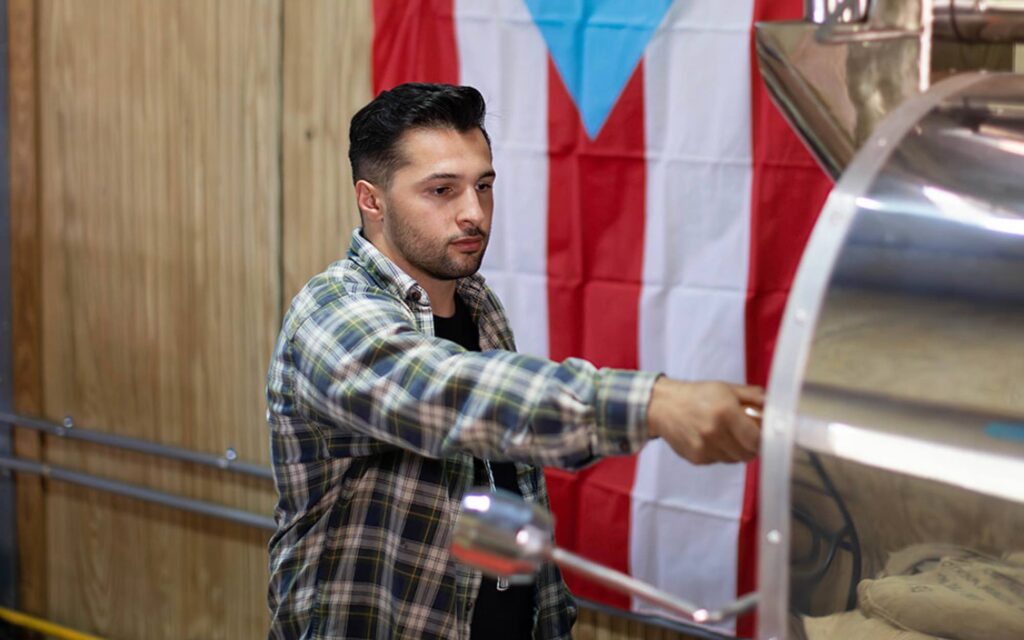
It’s obvious that coffee is incredibly meaningful to Puerto Rico and its culture. Despite years of hardship and challenges, the sector remains resilient and determined to improve.
It will certainly take some time before the island starts to produce and export more specialty coffee. In the meantime, smallholder producers need to receive much more support and guidance.
Enjoyed this? Then read our article on Puerto Rican coffee: The bittersweet history & rise of specialty.
Photo credits: Baraka Coffee, Sebastian Castillo, Chelsea Cloud, Chris Hamlet
Perfect Daily Grind
Want to read more articles like this? Sign up for our newsletter!

